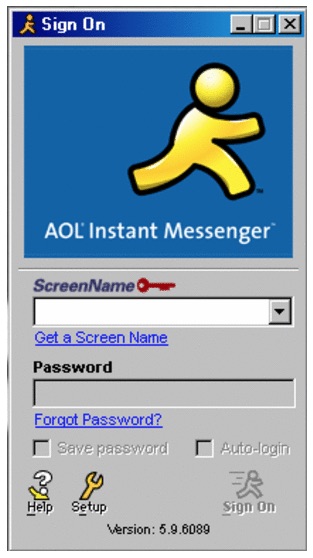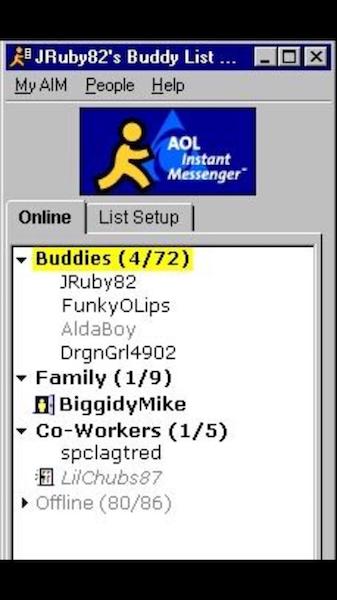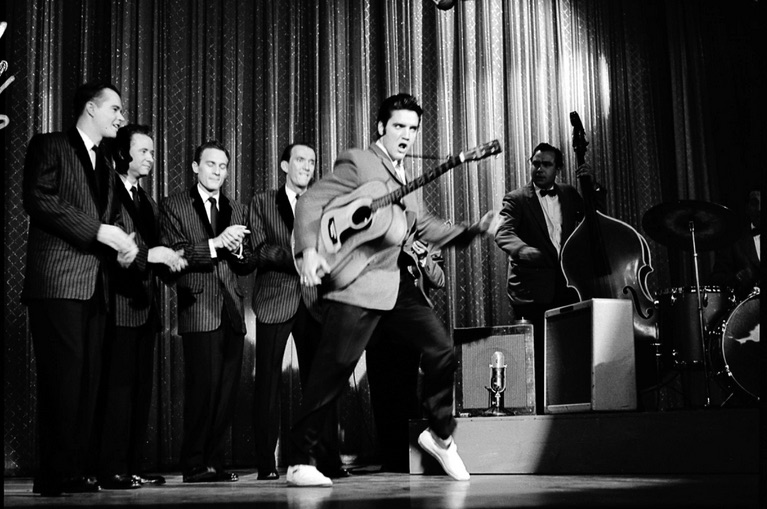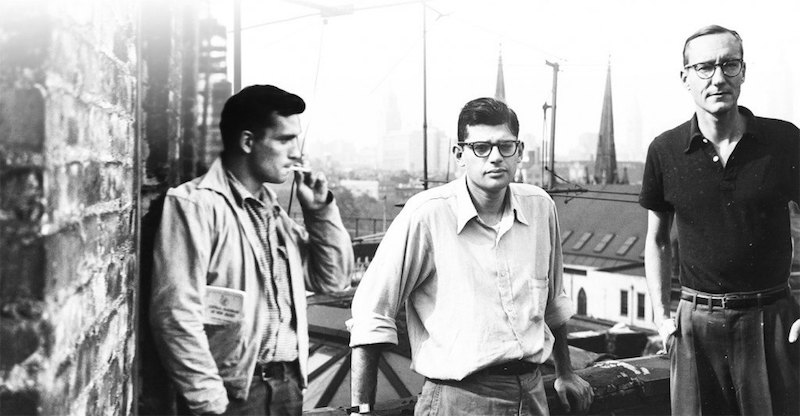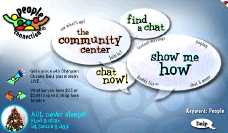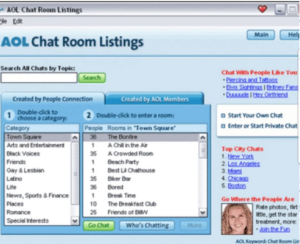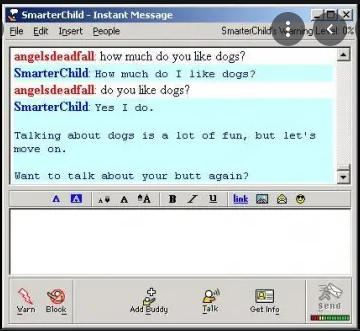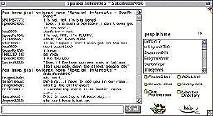
As this story about the tragic death of Princess Diana illustrates, online trolling did not begin with Facebook and Twitter. It also hints at some of the ways a wired global community was changing journalism.
Princess Di Online 9/11/1997
by H.B. Koplowitz
The mainstream media consensus is that the whole world is mourning the death of Diana, Princess of Wales. But on the unfiltered Internet, emotions amongst the cyber commoners are decidedly mixed. Equal venom is being spewed at the “stalkarazzi” and the “people’s princess,” and, as always, at each other.
Princess Di and her beau, Dodi Fayed, died early Sunday morning [Aug. 31, 1997] in Paris (Saturday night in Los Angeles). Fleeing from biker paparazzi, their Mercedes crashed while traveling in excess of 100 miles an hour through a Paris tunnel beneath the Seine. Dodi, 41, and the driver, who was legally drunk, were killed instantly. Diana, 36, was pronounced dead about 4 a.m. Sunday, Paris time.
Some, especially in Europe, first heard about the tragedy on the Internet, from American computer users monitoring TV news reports. An Internet friend visiting Paris said her first awareness that Princess Di was dead was at 6 a.m. local time Sunday morning, when she logged onto her computer and entered a chat room on America Online.
“They asked me what they were saying in France and I did not know what they were talking about,” she recounted. “So they told me what happened. And when I checked the French news, the titles on AOL, there was still nothing about it.”
When big news breaks, chat rooms become like talk radio, only without the radio and without the talk show host. Potshots fly in all directions, with special attention given to sexual innuendo. Typical comments from the AOL chat room “Papparatzi Killed Di” Monday evening included:
MastrBaitz: she knew what the price was when she married prince bozo
BADBOY6552: IWILL PRAY FOR DIANA AND KEEP IN MY HEART ALL SHE HAS DONE FOR SO MANY
EL P0RK: he was spanking himself in the front seat as Di was spanking her man’s meat in the back
EL P0RK: he was spanking himself in the front seat as Di was spanking her man’s meat in the back
MastrBaitz: i think the british intelligence servces probably killed her
SueKewpie: holy smokes, I canot believe the drivel that is filtering thru here. I just can’t…
Jkren: god bles the ignore button
Usenet newsgroups also lit up with messages, not unlike these posted in alt.talk.royalty:
“We want to know
MastrBaitz: i think the british intelligence servces probably killed her
We create an industry
To pry and expose
We build them up
We take them down.
Today I cry.
And tommorow I will buy
The newsprint that killed her.
God help me.
And you…
— mrblonde”
“Diana and Dodi’s tragic death was caused by the poor judgement of a drunk driver. They were being followed with cameras, not guns. It is a horrible, horrible accident that should never have happened. If you want to blame something, blame foolish decisions and drunken driving. Beverly”
“Call her Lady, call her Princess, call her whatever you like. Diana was Queen in our hearts!”
SueKewpie: holy smokes, I canot believe the drivel that is filtering thru here. I just can’t…
“Such pious nonsense. She represented nothing and nobody. She was a loose cannon addicted to high living and media attention.”
Trying to start an urban legend, one message writer claimed Buckingham Palace had given permission to sell bone china gilded plates engraved with photos of the crash.
Charlene Vickers of Yellowknife, NWT, announced a memorial Web page , along with a petition to create a permanent memorial for Diana: “It occurred to me that many late members of the Family have had monuments built to their memories in London and at Windsor. I feel that Diana, Princess of Wales, deserves a similar monument, and I am asking you to sign a petition to that effect.”
The official British Monarchy home page has set up an area for people to leave their written condolences, but it is hard to access now because so many people are trying to get in.
Jkren: god bles the ignore button
However, the Unofficial British Royal Family Pages has current information on the accident and aftermath, along with excellent links to other royal Web sites, and a Diana Memorial Page where people can leave condolences. Most of these comments have been more respectful, such as this one from Shannon Tod of Australia:
“Princess Diana, a true legend in my eyes. U are an inspiration to me and a best friend to the world. I will always remember your courage, patience, and mostly love to other people that u showed. Nothing could ever replace the true and wonderful you that I have known. U will live in me forever, and the light that you shone upon this world will always remain. I luv you, Sweet Princess. @}—>—‘— “



